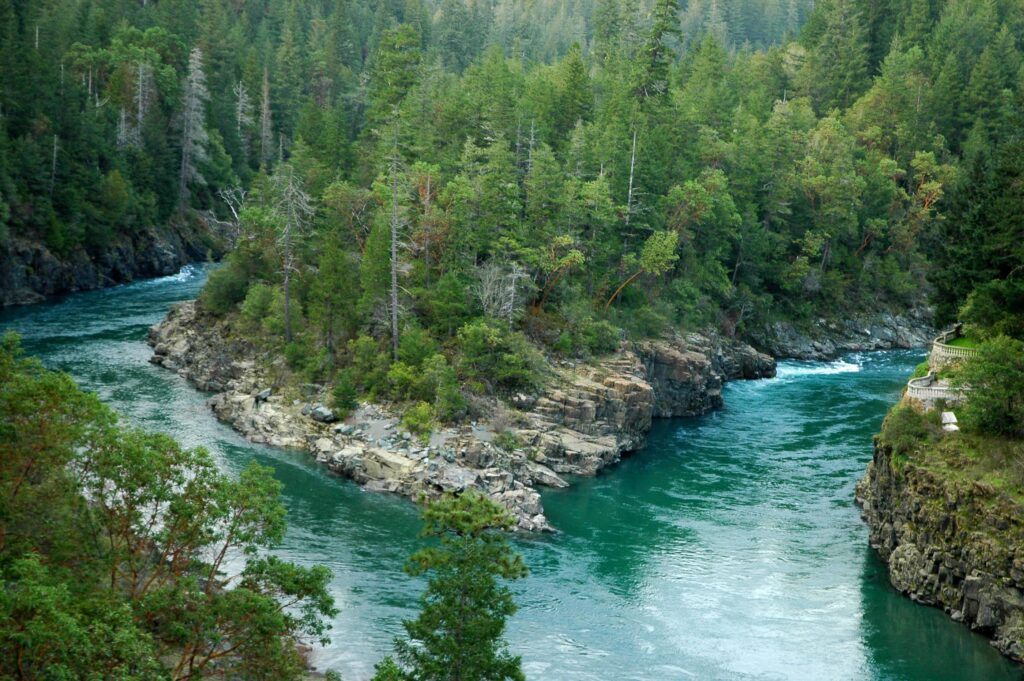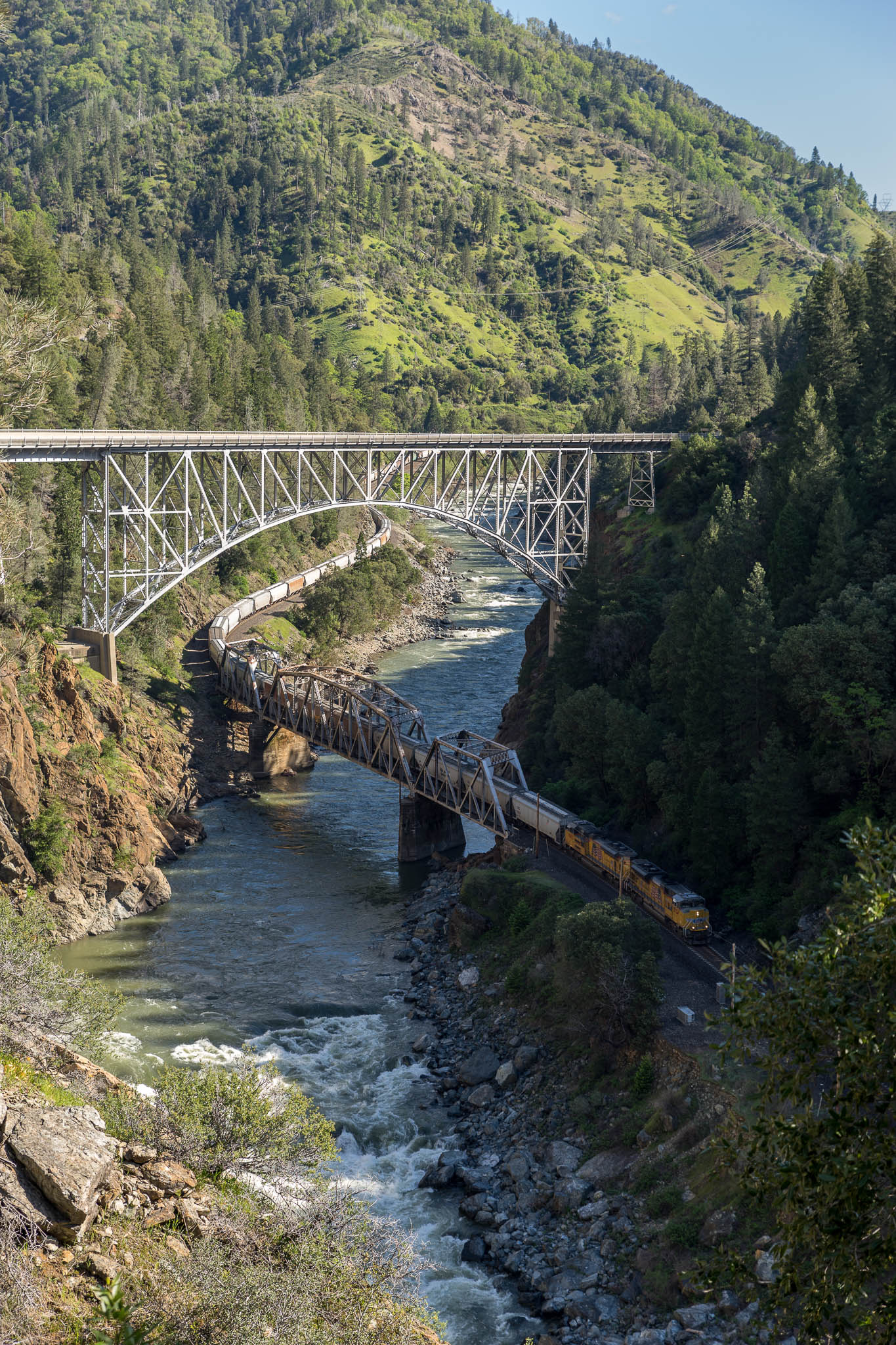Feather River
Rich in gold with excellent bedrock features

About the Feather River
The Feather River and its tributaries offer excellent opportunities for gold prospecting, particularly in areas with exposed bedrock. As the main tributary of the Sacramento River, the Feather River drains a large portion of the northern Sierra Nevada, an area rich in gold-bearing formations.
The Feather River and its tributaries offer excellent opportunities for gold prospecting, particularly in areas with exposed bedrock. These bedrock features create natural riffles and traps that concentrate gold, making the Feather River a favorite among experienced prospectors.
Gold Production History
Gold was discovered on the Feather River in 1848, during the early days of the California Gold Rush. The river quickly became one of the richest gold-producing areas in the state, with mining towns springing up along its banks.
The Feather River was the site of extensive hydraulic mining operations in the late 19th century, particularly in areas like Oroville and along the North Fork. These operations moved massive amounts of material, leaving behind tailings that continue to yield gold to modern prospectors.

The Four Forks
The Feather River consists of four main branches, each with its own gold-bearing characteristics:
- North Fork: The longest fork, flowing through rugged terrain with numerous gold deposits
- Middle Fork: Known for its rich placer deposits and exposed bedrock
- South Fork: Features good access and consistent gold production
- West Branch: Smaller than the other forks but still productive in certain areas
Notable Mining Areas
Several sections of the Feather River are particularly productive:
- Oroville Area: Site of extensive historical dredging operations
- Rich Bar: Historic mining camp on the North Fork known for rich deposits
- Belden to Tobin: Section of the North Fork with good access and productive gravel bars
- La Porte District: Historic hydraulic mining area near the Middle Fork
Mining Methods
The Feather River system supports various mining methods:
- Panning and Sluicing: Effective in the numerous gravel bars along all forks
- Crevicing: Particularly productive due to the river's abundant exposed bedrock
- Highbanking: Useful for working the higher benches and terraces
- Metal Detecting: Can be effective in historic mining areas and dry placers
Access and Logistics
Access varies widely depending on which fork and section you're interested in. The main Feather River and portions of the South Fork have good highway access, while the North and Middle Forks require forest service roads that may be seasonal.
The towns of Oroville, Quincy, and Portola offer services for prospectors, including supplies, lodging, and equipment. The Feather River's location in Butte and Plumas counties puts it within reasonable driving distance from Sacramento and Reno.
Other Gold-Bearing Rivers
- Trinity River
Known for consistent gold production and good access
- Klamath River
The Klamath and its tributaries have produced significant gold since the 1850s
- American River
Historic site of the original California gold rush
- Yuba River
Historic gold producer with continuing potential
Related Resources
- What Is a Placer Mining Claim?
Understanding the basics of placer mining claims
- Top 5 Gold Mining Counties in California
Plumas County, home to much of the Feather River, is one of California's top gold-producing regions
- Why California Rivers Are Still Gold Mines
Learn why rivers like the Feather continue to produce gold
Feather River Claims
Claims on the Feather River typically range from $4,000 to $12,000 for 20-acre parcels, with prices varying based on:
- Which fork the claim is located on
- Presence of exposed bedrock
- Accessibility and road quality
- Historical production records
Interested in Feather River Gold Claims?
Contact us to learn more about available claims or to be notified when new Feather River claims become available.